Solar Powered Camping Lights: Brighten Your Adventures Sustainably
Solar powered camping lights are a must-have for outdoor enthusiasts seeking reliable, eco-friendly illumination for their adventures. These versatile lights harness the sun’s energy to provide bright, sustainable lighting without the need for external power sources, making them ideal for camping, hiking, or backyard gatherings. With lightweight designs and durable construction, they reduce your load while ensuring dependable performance in rugged environments. This guide dives into the core benefits of solar powered camping lights, offers a detailed buying guide, highlights common pitfalls to avoid, and explores creative ways to repurpose these lights for multiple scenarios.
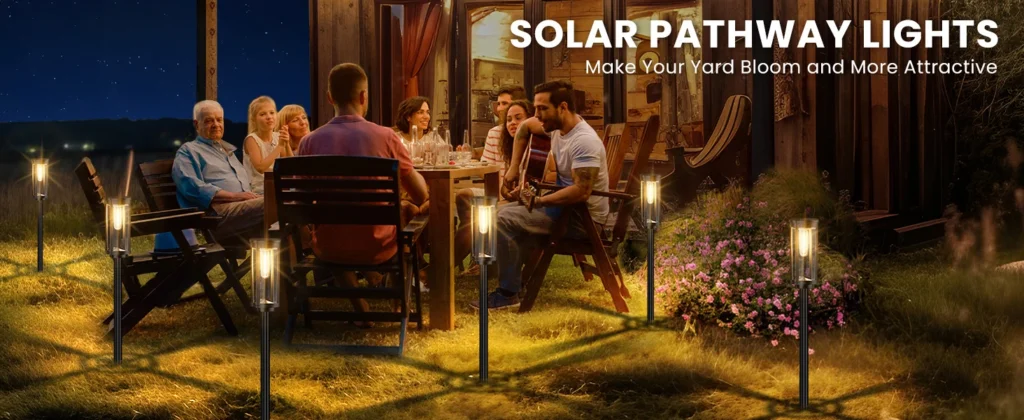
Core Advantages of Solar Powered Camping Lights
No External Power Needed: Charge with Sunlight, Light Up the Night
One of the greatest strengths of solar powered camping lights is their ability to operate independently of electrical outlets. Equipped with built-in solar panels, these lights charge during the day using sunlight, storing energy in rechargeable batteries for nighttime use. In a remote forested campsite, for example, a camper relied on solar powered camping lights to illuminate their tent and cooking area after a full day of charging under moderate sunlight. Even in areas with limited daylight, high-quality models can deliver 6-10 hours of illumination after just 3-4 hours of sun exposure, making them perfect for off-grid adventures.
This self-sustaining design eliminates the need for disposable batteries or heavy power banks, reducing waste and simplifying your packing list. Whether you’re camping in a mountainous region with unpredictable weather or a sunny coastal area, solar powered camping lights offer a reliable, eco-conscious solution.
Lightweight Design: Minimize Your Camping Load
Portability is critical for campers, and solar powered camping lights excel in this area. Designed to be compact and lightweight, these lights add minimal weight to your gear. Many models weigh under a pound, with foldable or collapsible designs that fit easily into backpacks. A hiker in a rugged wilderness area, for instance, used a set of compact solar powered camping lights that doubled as a lantern and flashlight, keeping their pack light while ensuring versatile illumination. Features like integrated handles or carabiners further enhance portability, allowing you to hang or clip the lights to tents, trees, or backpacks with ease.
By combining energy efficiency with a lightweight build, these lights let you focus on enjoying the outdoors without the burden of heavy equipment.
Buying Guide: Key Factors for Choosing Solar Powered Camping Lights
Illumination Parameters: Matching Brightness to Runtime
When selecting solar powered camping lights, understanding light output and runtime is essential. Brightness is measured in lumens, with most camping lights ranging from 50 to 300 lumens for versatile use. A 100-lumen light is sufficient for illuminating a small tent, while 200-300 lumens is ideal for larger campsites or group activities. Check the manufacturer’s runtime claims, which typically range from 6 to 12 hours on a full charge. A camper in a lakeside region found that a 150-lumen solar light provided consistent illumination for an entire evening of fishing and storytelling after a day of charging.
Ensure the light offers adjustable brightness modes to balance runtime and intensity. Models with low, medium, and high settings allow you to conserve battery life for longer trips or boost brightness for tasks like cooking or map reading.
Structural Design: Waterproofing and Drop Resistance
Camping environments can be harsh, so durability is a top priority. Look for solar powered camping lights with a waterproof rating of at least IPX4, which protects against splashes and light rain. For more extreme conditions, such as heavy downpours in a forested area, opt for IPX6 or higher. Drop resistance is equally important, as lights may be knocked over on rocky terrain. Models with shock-resistant materials like ABS plastic or reinforced polycarbonate can withstand drops from 3-6 feet. A backpacker in a mountainous region praised a durable solar light that survived multiple drops onto rocky ground without losing functionality.
Inspect the lamp’s build quality, focusing on secure battery compartments and tight seals to prevent water or dust ingress. These features ensure your light performs reliably in unpredictable outdoor conditions.
Charging Efficiency: Maximizing Limited Sunlight
Solar powered camping lights rely on efficient solar panels to charge effectively, even in less-than-ideal conditions. Look for panels with a conversion efficiency of 20% or higher, which ensures faster charging. In areas with limited sunlight, such as a cloudy valley, a high-efficiency panel can fully charge a light in 3-4 hours of partial sun exposure. Check the battery capacity (measured in mAh) to confirm it supports the claimed runtime. For example, a 2000mAh battery should provide 8-10 hours of light at moderate brightness. A camper in a coastal region with frequent overcast skies found that a high-efficiency solar light maintained consistent performance throughout a week-long trip.
Some models include USB charging as a backup for prolonged cloudy weather, offering flexibility for extended adventures.
Avoiding Common Pitfalls in Purchasing
Beware of Overstated Runtime Claims
Some manufacturers exaggerate the runtime of solar powered camping lights to attract buyers. Claims of 20+ hours of illumination on a single charge are often unrealistic unless backed by third-party testing. Look for products with verified reports from independent labs or detailed user reviews confirming performance. A camper in a desert region avoided disappointment by choosing a light with a realistic 8-hour runtime, validated by consistent user feedback, over a model with questionable 24-hour claims.
Cross-reference runtime with battery capacity and brightness levels. A light claiming extended runtime at high lumens with a small battery (e.g., 1000mAh) is likely misleading.
Avoiding Poor Material Quality
Low-quality solar powered camping lights may cut corners on materials, leading to issues like cracked casings or leaky battery compartments. Inspect product images or, if possible, the physical item for tight seams and robust construction. A camper in a humid coastal area learned the hard way when a poorly sealed light failed after a single rainy night. Prioritize models with reinforced seals around the battery and solar panel to prevent water damage. Reading reviews for mentions of “flimsy plastic” or “poor sealing” can help you steer clear of subpar options.
Multi-Use Scenarios: Repurposing Solar Powered Camping Lights
Solar Pathway Lights: From Campsite to Garden
Solar powered camping lights are incredibly versatile, doubling as pathway lights for both camping and home use. At a campsite, they can mark boundaries or illuminate trails to shared facilities, enhancing safety. A group camping in a wooded area used solar lights to outline a path to a nearby stream, preventing trips in the dark. Back home, these same lights can line garden paths or driveways, providing subtle, eco-friendly illumination. Look for models with ground stakes or mounting options for easy transitions between camping and home use.
Choose lights with adjustable brightness to suit different settings—brighter for campsite safety, softer for garden aesthetics. Durable, weather-resistant designs ensure year-round performance in outdoor environments.
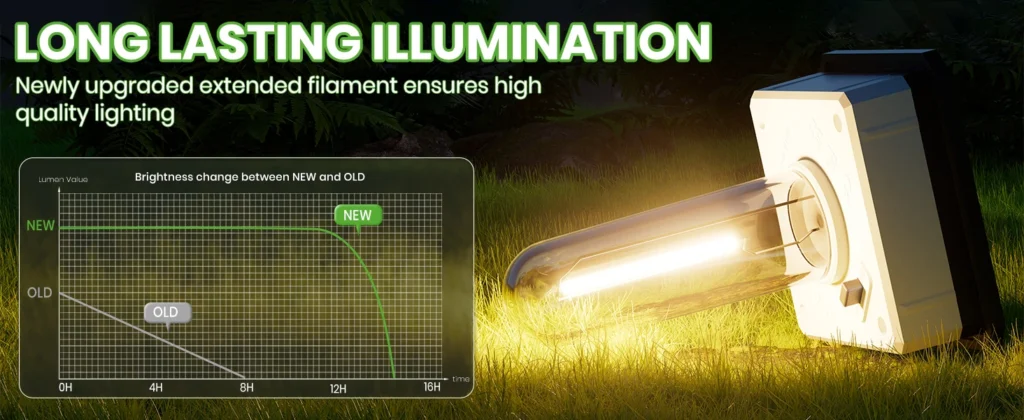
Solar String Lights: Ambiance for Camping and Home
Some solar powered camping lights come in string or lantern configurations, perfect for creating ambiance. During camping, string lights can be draped over tents or trees to create a cozy atmosphere for evening gatherings. A family camping by a lake used solar string lights to create a festive vibe for a nighttime barbecue. At home, these lights can decorate fences, pergolas, or shrubs, adding charm to outdoor spaces. A homeowner in a suburban neighborhood repurposed their camping string lights to illuminate a backyard patio, enhancing summer evenings.
Opt for models with detachable solar panels or multiple brightness modes to maximize flexibility. Warm-white or color-changing options can further elevate the mood for both camping and home decor.
Dual-Purpose Buying Tips
To maximize versatility, prioritize solar powered camping lights with detachable power sources or modular designs. These allow you to swap between lantern, string, or spotlight configurations. Multi-mode lights with adjustable brightness or motion sensors adapt to different needs, from bright task lighting to soft ambient glow. A camper in a hilly region chose a modular solar light that switched between a handheld flashlight and a hanging lantern, serving both campsite and backyard needs. Check for compatibility with mounting accessories like stakes, hooks, or clips to ensure seamless transitions between use cases.
Conclusion
Solar powered camping lights are an essential companion for outdoor adventures and home use, offering eco-friendly, portable, and versatile illumination. Their ability to charge via sunlight, lightweight designs, and durable construction make them ideal for camping in diverse environments, from forests to coastal regions. By focusing on key purchase factors—brightness, durability, and charging efficiency—you can select lights that perform reliably. Avoiding pitfalls like exaggerated specs or poor materials ensures long-term satisfaction. With creative repurposing, these lights can transition from campsite safety to garden elegance, making them a sustainable investment for any outdoor enthusiast. Illuminate your adventures and outdoor spaces with the power of the sun.

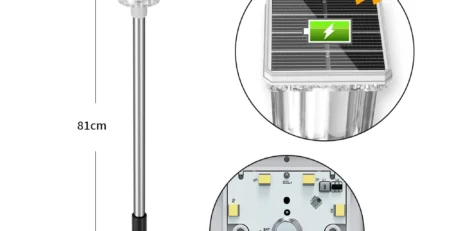
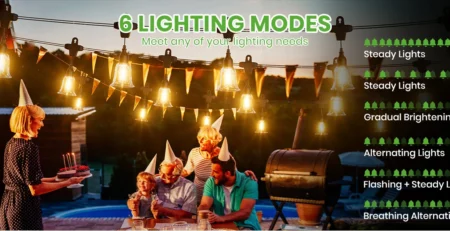
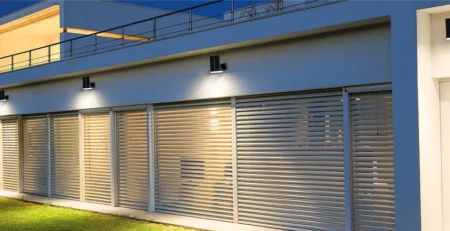
-4-450x231.jpg)
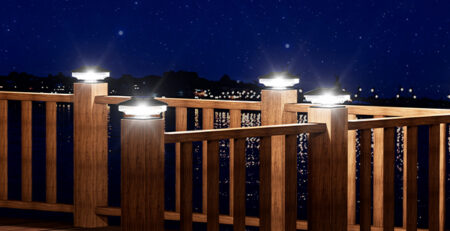
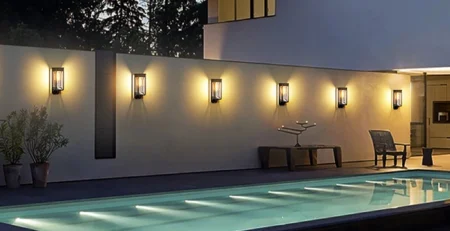
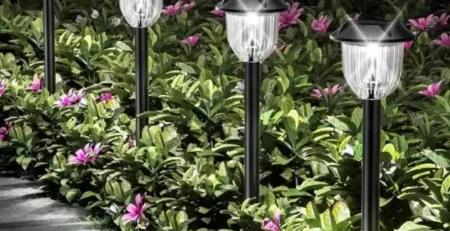

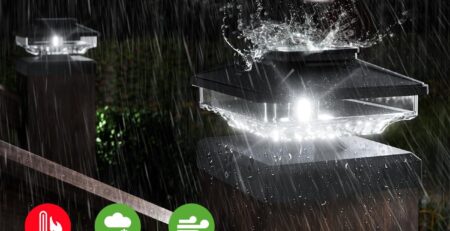
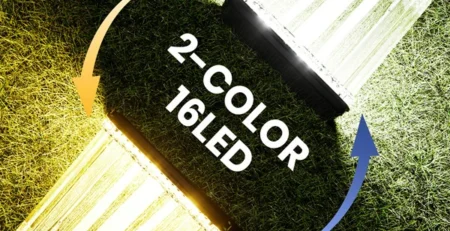
Leave a Reply